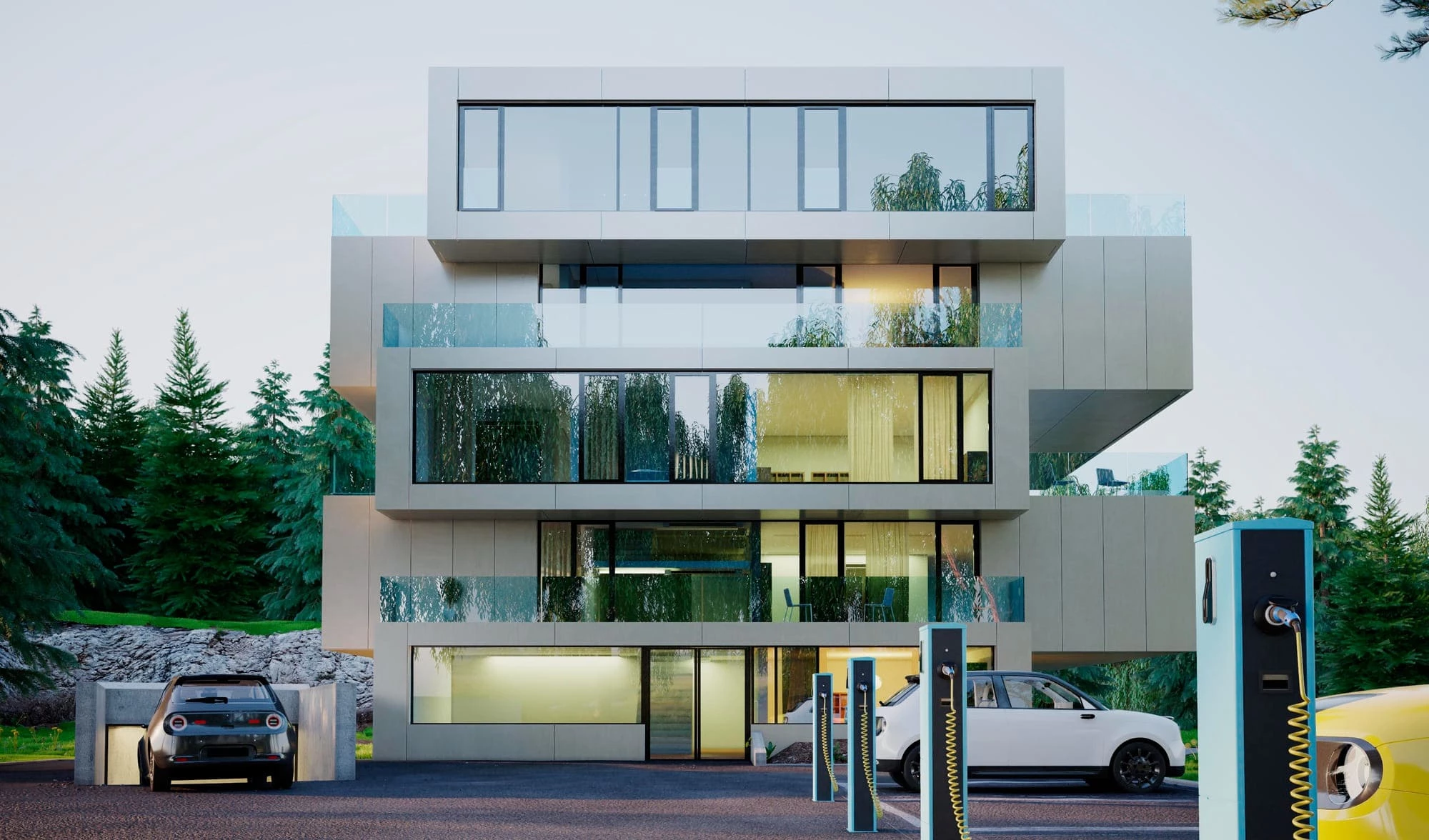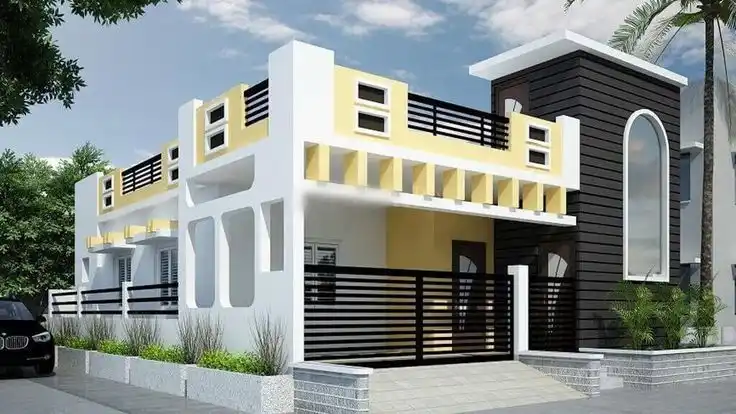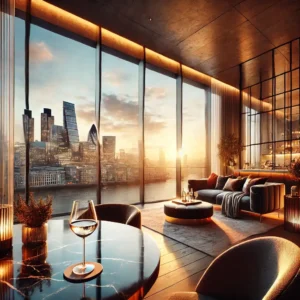CGI (Computer Generated Imagery), in the present architecture sector, has transformed our perceptions, designs, and presentations of buildings. This development has revolutionized building visualization creation, enabling architects and their clients to get into building designs with more clarity and realism than ever before.
CGI stands for Computer-generated imagery, which refers to the development of visual content using computer software. In terms of architecture, it makes detailed images and animations that are highly realistic about structures like landscapes as well as interior spaces.
The history of CGI in architecture
The use of CGI dates back to the late 20th century when it was growing together with technology. They started out as simple wireframe models that represented designs. Over time, they became more complex, incorporating texture mapping, lighting effects, and photorealistic rendering by the turn of the 21st century. Consequently, CGI has become a critical tool for designing and displaying architecture.
Pros of using CGI
There are several reasons why CGI is widely embraced in architecture. It improves visualization since designers can make authentic-looking versions of their ideas, thereby improving communication between key stakeholders.
Another advantage is cost and time effectiveness because people no longer have to rely on physical models for most of their design decisions while retaining flexibility in making changes easily when necessary, besides serving as an efficient marketing or presentation tool to attract potential clients or investors through high-quality renders.

Key principles of CGI design
For effective CGI design in architecture, you must follow:
- Realism: Achieving detailed and naturalistic visuals.
- Detail: Incorporating intricate elements in designs.
- Composition: Creating visually appealing images.
- Context: Presenting designs within their intended environment.
Technologies and tools employed in creating CGIs
Various technologies and CGI tools are involved during CGI production processes. Autodesk 3ds Max, SketchUp, or Rhino are some examples of 3D modeling architecture software you can use when creating elaborate 3D models.
Rendering engines like V-Ray, Lumion, and Blender turn these models into photorealistic images.
For this purpose, animation software such as Adobe After Effects or Cinema 4D is used to create animated visualizations and walkthroughs. Also, virtual reality (VR) and augmented reality (AR) enable users to immerse themselves in building designs. Here Ai-powered architectural rendering programs you should try you can see a selection of AI programs for architectural animation
Steps for creating CGI models
The process of making CGI models includes:
- Creating: Coming up with the first versions.
- Building: Making three-dimensional objects.
- Texturing: Applying different textures that make it more realistic.
- Lighting: Preparing lighting that will be employed during the photographs taken.
- Rendering: This is the final step, where we get either images or video representations.
- Post-Production: It refers to the editing and enhancement of architectural renders after the rendering process has been completed.
Use of CGI
In architecture, CGI models give architectural visualization a life-like understanding. These types of models are useful for cost-effectiveness as well as time efficiency because they allow quick changes within a short period without having to build physical prototypes for every paper design made in the 3d architectural visualization studio.
Examples of successful CGI usage in architecture
- The Shard, London: This iconic skyscraper was visualized using CGI.
- Burj Khalifa, Dubai: Advanced computer graphics in architecture techniques were utilized here.
- Sydney Opera House Renovations: CGI became an assisting tool in renovating planning stages.
Client’s and architect’s benefits
Clients have clear views on designs thanks to CGIs that increase their understanding and involvement. Architects use it as a way of experimenting with new ideas, presenting them to the parties involved while developing better plans that satisfy all parties at last.
What the future holds for CGI In architecture
The trends and innovations
- Real-time Rendering – Technology like Unreal Engine allows instant visualization to happen now rather than tomorrow or next week.
- AI and Machine Learning – Take Engineering design improvements to levels never before imagined.
- VR and AR – Offers fully immersive design experiences.
Impact on the architecture industry
The future development of CGI will revolutionize the architecture industry, improving architectural designs, client involvement, and project presentations.
Wrapping up: Future projections for CGI usage
CGI is expected to become even more central to architectural practice. Technological improvements will make it friendlier and stronger, thus allowing architects to develop further compelling and realistic presentations. The connection between CGI and new technologies is going to bring in more challenging ideas in architectural design, as well as the possibility of presenting them.
Overall, CGI in architecture serves as a driving force that advances the manner of our perception, design, and sensing of buildings. Its ongoing growth suggests an approaching situation whereby the visualization of architecture becomes extremely immersive, detailed, and less complex than ever.






